Spontaneous Dump in the Village of Kyzyl-Oktyabr
Coordinates: 40.718396, 73.156881
Landfills are one of the significant factors of pollution, negatively impacting natural components: the atmosphere, water sources, soil, and plant and animal life. By being placed directly on the soil surface, landfills remove a significant portion of land from agricultural use and the biosphere, introducing pollutants into them.
When waste placed in unauthorized landfills ignites, toxic and harmful substances are released into the atmosphere. Heavy metals and other substances are leached from the landfill body by atmospheric precipitation, contaminating the soil and penetrating into surface waters. With prolonged storage in landfill layers, biogas begins to form, the main components of which are flammable methane and carbon dioxide. Unauthorized landfills are breeding grounds for insects and rats, active carriers of infection.
Unauthorized landfills occupy a place in the system of environmental monitoring as sources of impact on all components of the environment. An important feature of this source of environmental pollution is its spatial and temporal variability, both in volume and composition. Landfills are dangerous sources of environmental pollution, primarily affecting soils, surface and groundwater, and animal and plant life.
The greatest danger is posed by landfills located in water protection zones of water bodies, river floodplains, low-lying areas (ravines, gullies), near drinking water wells, and on agricultural fields.
The final product of waste decomposition in landfills is a mixture of gases, mainly consisting of carbon dioxide and methane in various proportions. Methane has a strong greenhouse effect - hence, the melting of glaciers.
Air pollution is one of the leading causes of mortality. Landfills emit not only hydrogen sulfide but also hydrogen chloride, hydrogen fluoride, methane, carbon dioxide, and nitrogen dioxide. Hydrogen sulfide and nitrogen dioxide are strong irritants, and their effects can lead to inflammatory processes and bronchospasm. Hydrogen chloride and hydrogen fluoride irritate the mucous membranes of the nose and upper respiratory tract, causing coughing and shortness of breath.
Poor air quality is an important risk factor for acute and chronic respiratory and cardiovascular diseases. It is believed that people with these conditions face a higher risk of severe COVID-19, and therefore, air pollution can be considered a factor that exacerbates the burden of COVID-19.
Moreover, the International Agency for Research on Cancer (IARC) has recorded the evaporation of metals and other substances that are carcinogenic at landfills. These include cadmium, lead, formaldehyde, and styrene.
Deep soil contamination occurs, foul air is carried by the wind over long distances, and if groundwater lies beneath the landfill, it becomes almost poisoned by toxins. Thus, nearby water bodies are toxic and dangerous for humans. The soil is unsuitable for use for several hundred years after the landfill is closed. Harmful substances from landfills enter not only the air but also drinking water if its source is local. In this case, residents of the area receive an additional toxic load. Emissions from landfills are most dangerous for children, pregnant women, and people suffering from respiratory diseases, according to Greenpeace, but the gas from the dump affects the nervous system like a chemical warfare agent, only much weaker.
A number of studies (for example, this work by British scientists) indicate an increased risk of giving birth to infants with congenital defects among women living within a 2 km radius of landfills containing hazardous waste. These defects include neural tube defects and abdominal wall defects, gastroschisis, embryonic hernia, and low and very low birth weight.
The size of illegal landfills is increasing at a catastrophic rate. They consume land, lead to the death of local flora and fauna, expand to nearby settlements, and poison people. The irrational, outdated, and immoral policies of local authorities and capital officials in the field of waste collection and disposal have led to the existence of thousands of semi-illegal dumps in Kyrgyzstan. All of them do not meet modern requirements for the organization of such facilities. Dozens of hectares of beautiful and invaluable land have been allocated for landfills.
Landfills are one of the significant factors of pollution, negatively impacting natural components: the atmosphere, water sources, soil, and plant and animal life. By being placed directly on the soil surface, landfills remove a significant portion of land from agricultural use and the biosphere, introducing pollutants into them.
When waste placed in unauthorized landfills ignites, toxic and harmful substances are released into the atmosphere. Heavy metals and other substances are leached from the landfill body by atmospheric precipitation, contaminating the soil and penetrating into surface waters. With prolonged storage in landfill layers, biogas begins to form, the main components of which are flammable methane and carbon dioxide. Unauthorized landfills are breeding grounds for insects and rats, active carriers of infection.
Unauthorized landfills occupy a place in the system of environmental monitoring as sources of impact on all components of the environment. An important feature of this source of environmental pollution is its spatial and temporal variability, both in volume and composition. Landfills are dangerous sources of environmental pollution, primarily affecting soils, surface and groundwater, and animal and plant life.
The greatest danger is posed by landfills located in water protection zones of water bodies, river floodplains, low-lying areas (ravines, gullies), near drinking water wells, and on agricultural fields.
The final product of waste decomposition in landfills is a mixture of gases, mainly consisting of carbon dioxide and methane in various proportions. Methane has a strong greenhouse effect - hence, the melting of glaciers.
Air pollution is one of the leading causes of mortality. Landfills emit not only hydrogen sulfide but also hydrogen chloride, hydrogen fluoride, methane, carbon dioxide, and nitrogen dioxide. Hydrogen sulfide and nitrogen dioxide are strong irritants, and their effects can lead to inflammatory processes and bronchospasm. Hydrogen chloride and hydrogen fluoride irritate the mucous membranes of the nose and upper respiratory tract, causing coughing and shortness of breath.
Poor air quality is an important risk factor for acute and chronic respiratory and cardiovascular diseases. It is believed that people with these conditions face a higher risk of severe COVID-19, and therefore, air pollution can be considered a factor that exacerbates the burden of COVID-19.
Moreover, the International Agency for Research on Cancer (IARC) has recorded the evaporation of metals and other substances that are carcinogenic at landfills. These include cadmium, lead, formaldehyde, and styrene.
Deep soil contamination occurs, foul air is carried by the wind over long distances, and if groundwater lies beneath the landfill, it becomes almost poisoned by toxins. Thus, nearby water bodies are toxic and dangerous for humans. The soil is unsuitable for use for several hundred years after the landfill is closed. Harmful substances from landfills enter not only the air but also drinking water if its source is local. In this case, residents of the area receive an additional toxic load. Emissions from landfills are most dangerous for children, pregnant women, and people suffering from respiratory diseases, according to Greenpeace, but the gas from the dump affects the nervous system like a chemical warfare agent, only much weaker.
A number of studies (for example, this work by British scientists) indicate an increased risk of giving birth to infants with congenital defects among women living within a 2 km radius of landfills containing hazardous waste. These defects include neural tube defects and abdominal wall defects, gastroschisis, embryonic hernia, and low and very low birth weight.
The size of illegal landfills is increasing at a catastrophic rate. They consume land, lead to the death of local flora and fauna, expand to nearby settlements, and poison people. The irrational, outdated, and immoral policies of local authorities and capital officials in the field of waste collection and disposal have led to the existence of thousands of semi-illegal dumps in Kyrgyzstan. All of them do not meet modern requirements for the organization of such facilities. Dozens of hectares of beautiful and invaluable land have been allocated for landfills.
The research was conducted with the support of the Global Greengrants Fund (GGF), one of the leading donor organizations in the world, supporting the efforts of ordinary people to protect planet Earth.
#GlobalGreengrantsFund #GreengrantsFund #Greengrants #GGF #GlobalGreengrantsFund
#GlobalGreengrantsFund #GreengrantsFund #Greengrants #GGF #GlobalGreengrantsFund

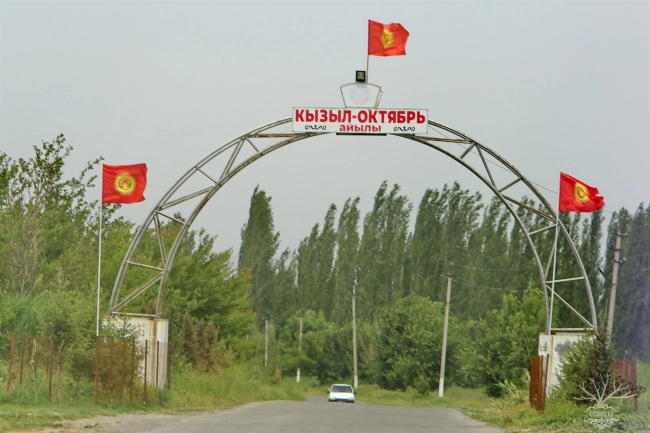
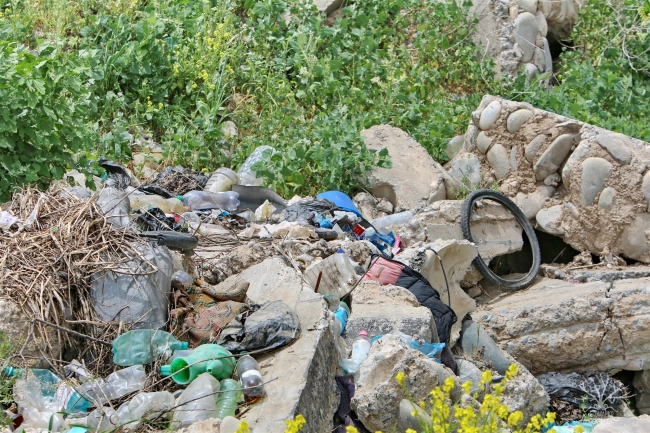
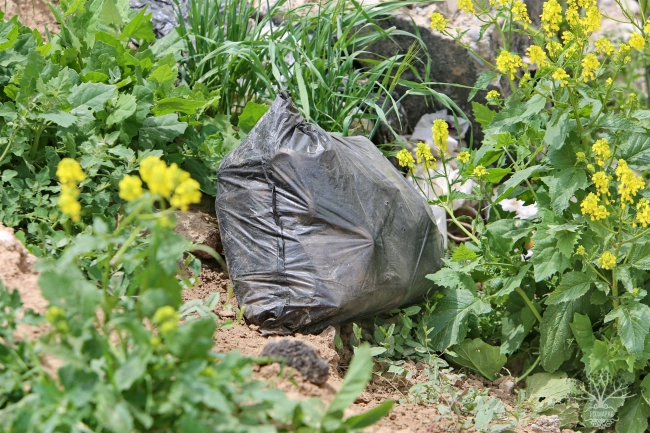

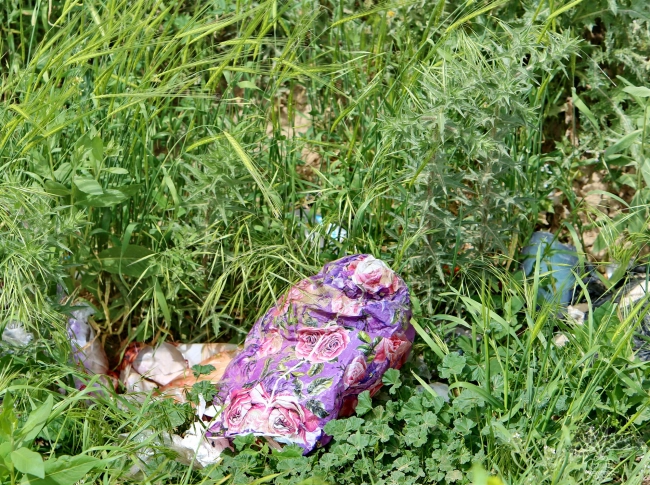


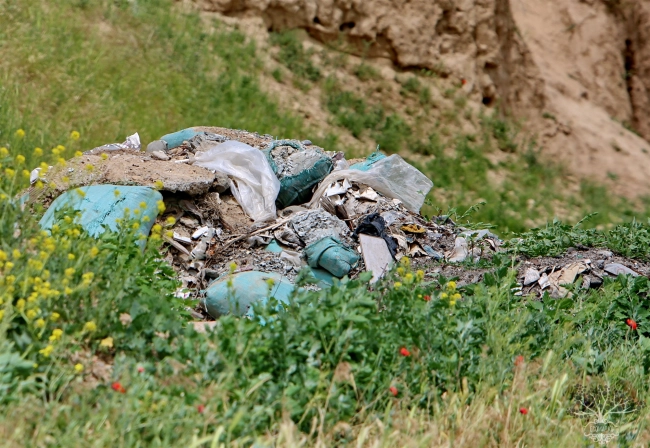
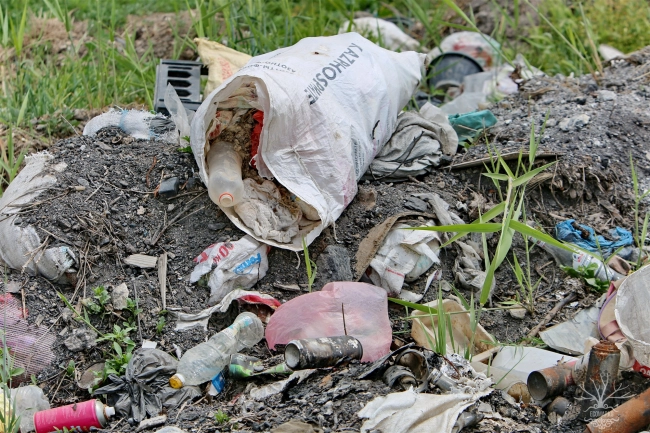
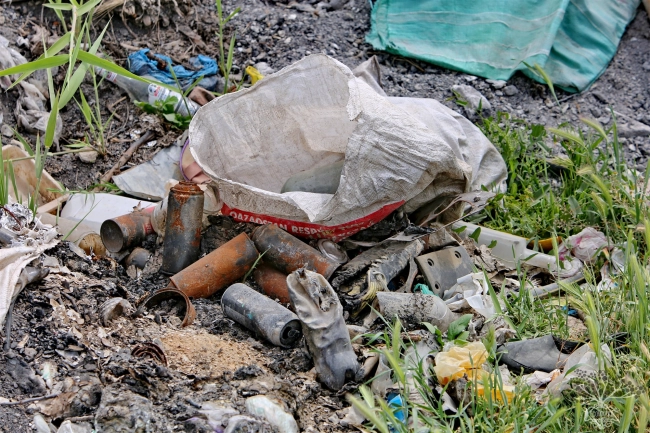
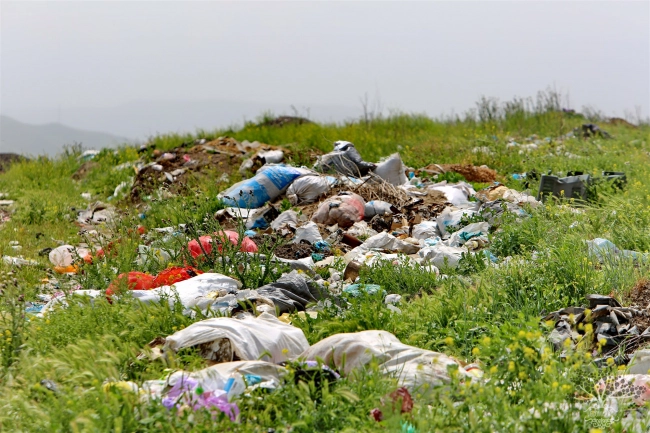
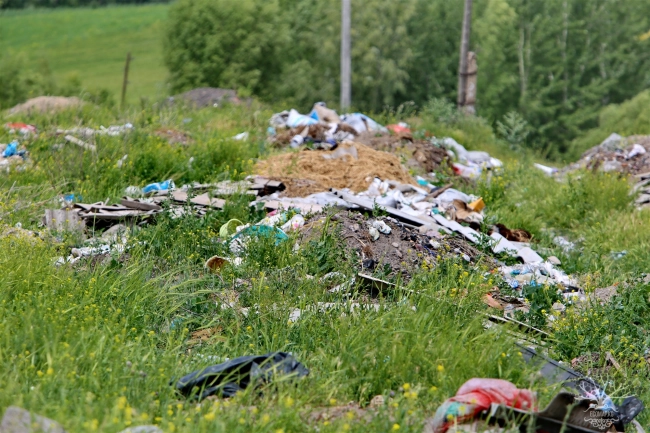
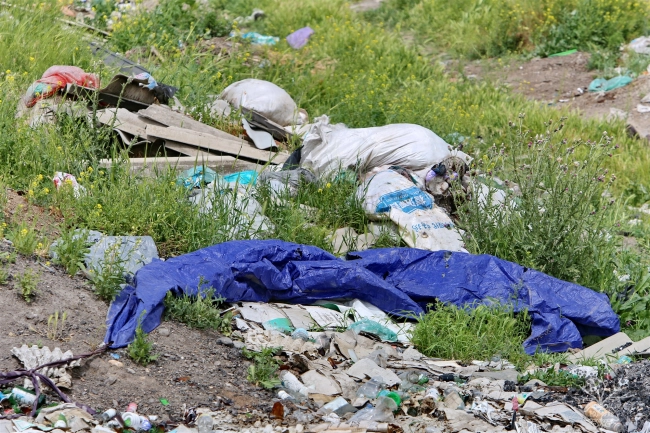
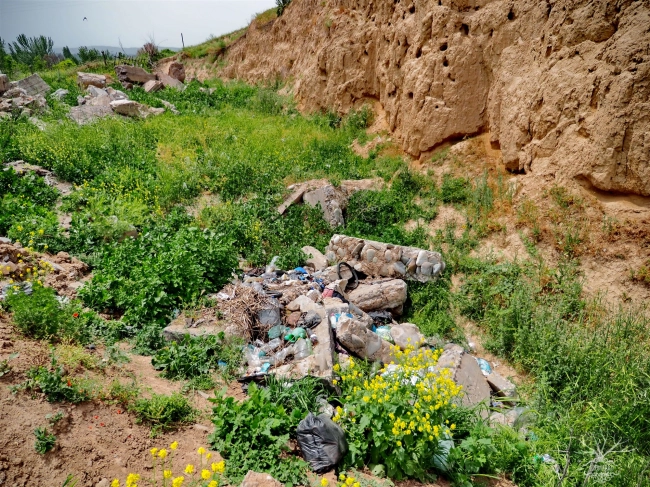
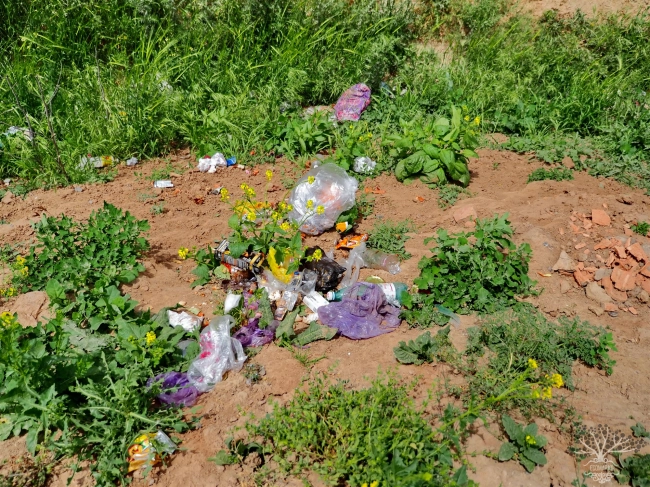


















Attention: Information based on submitted complaints